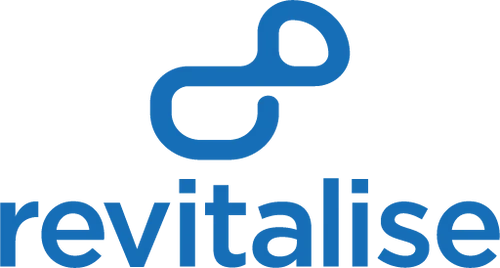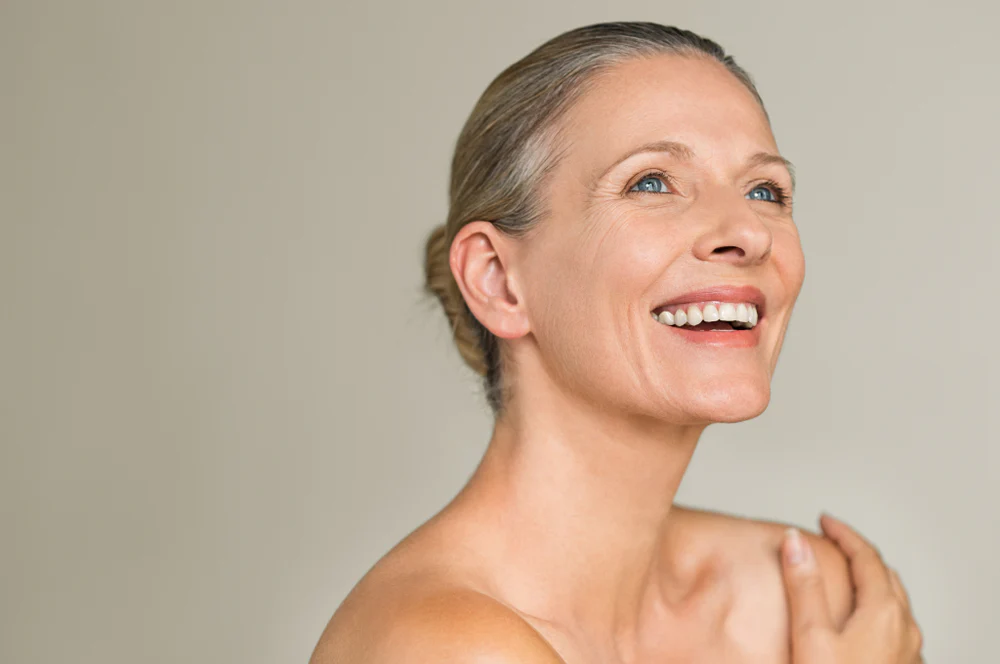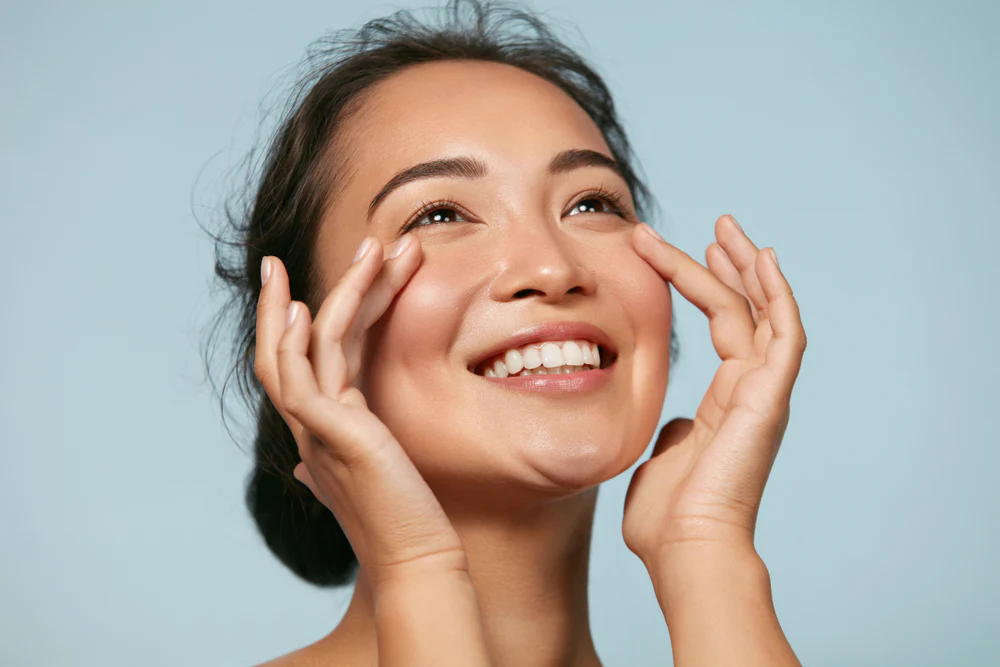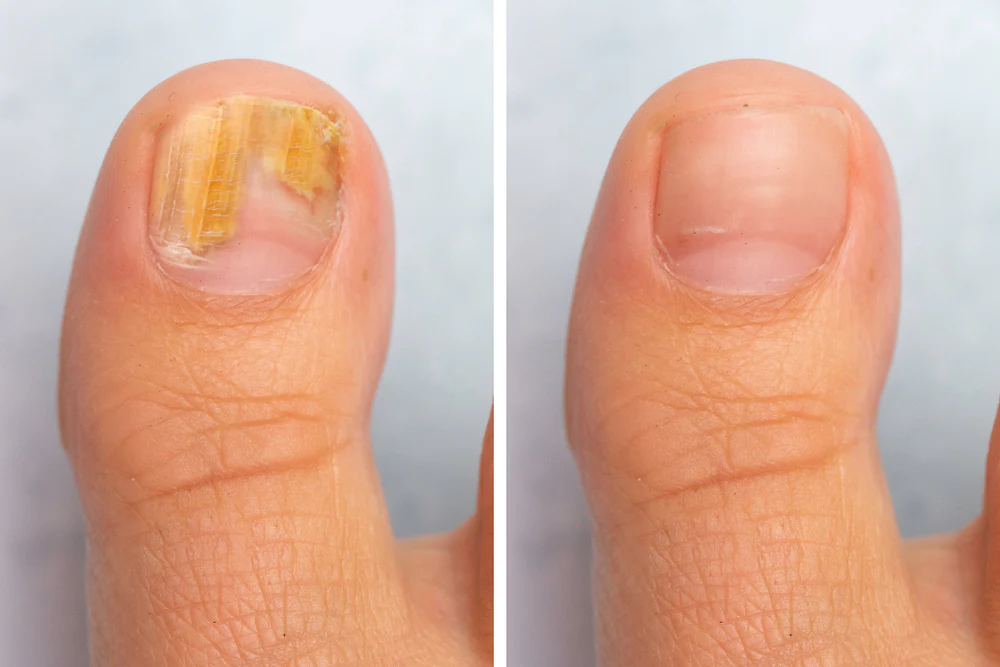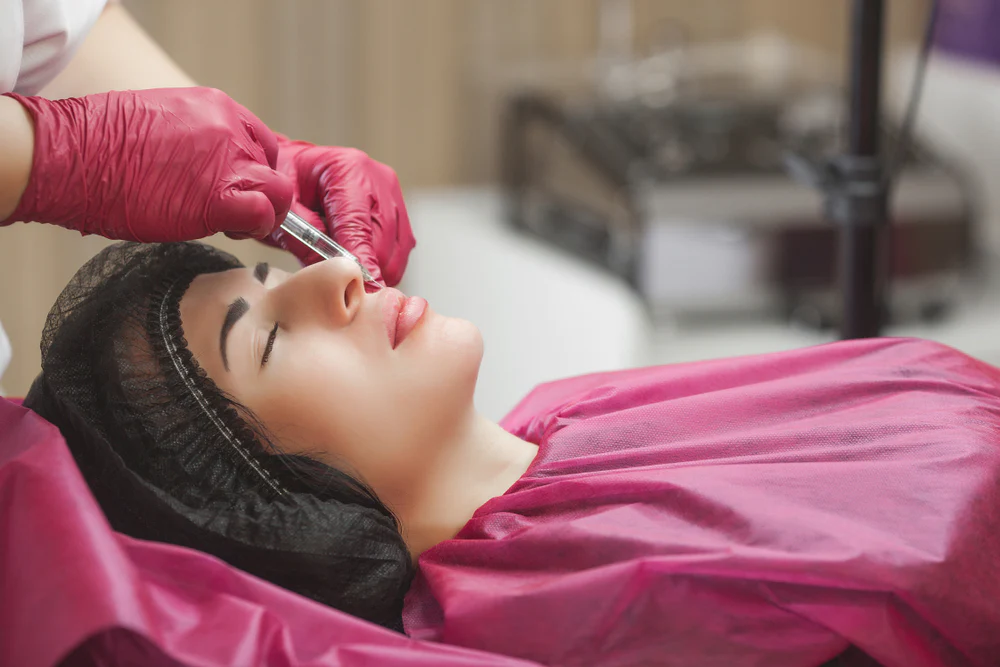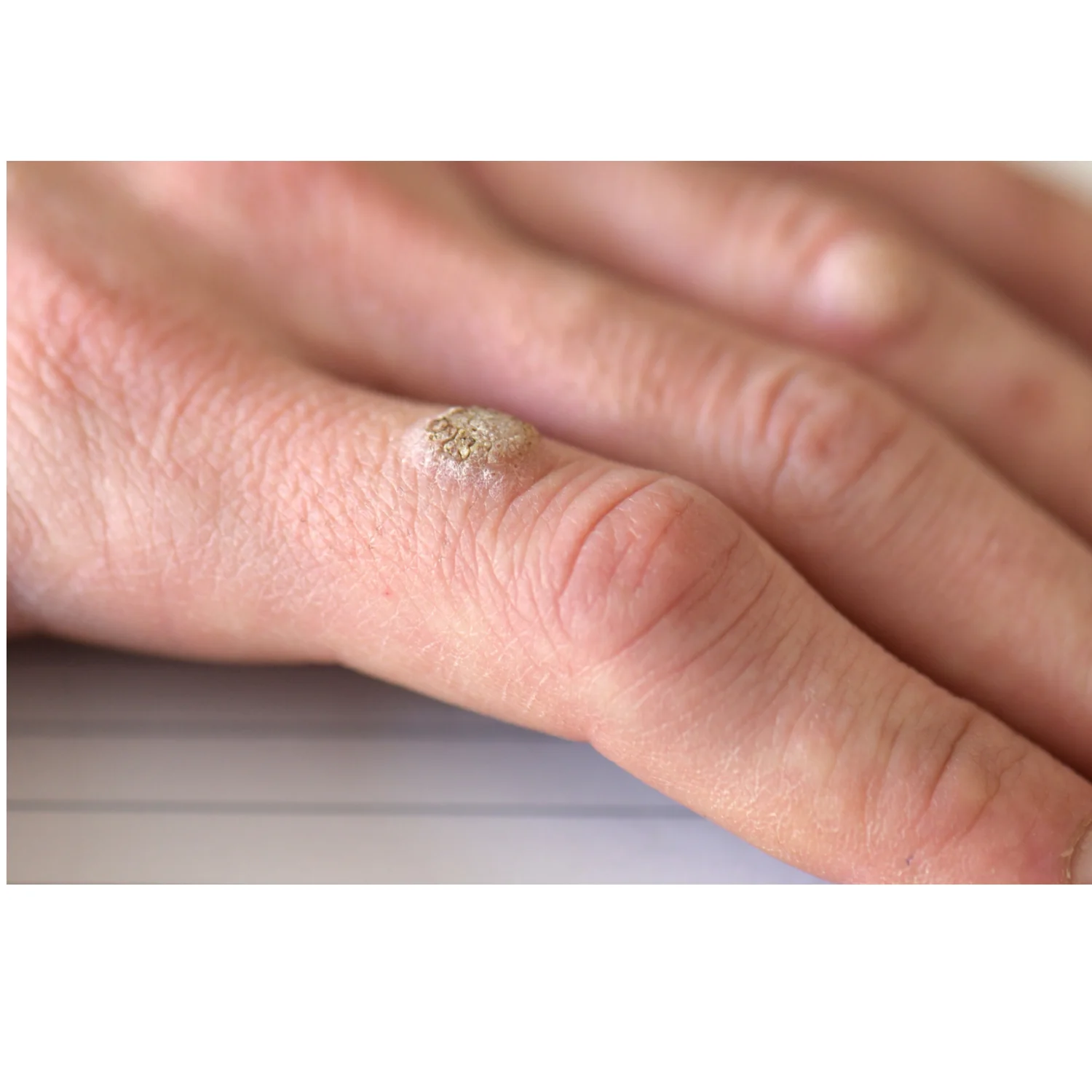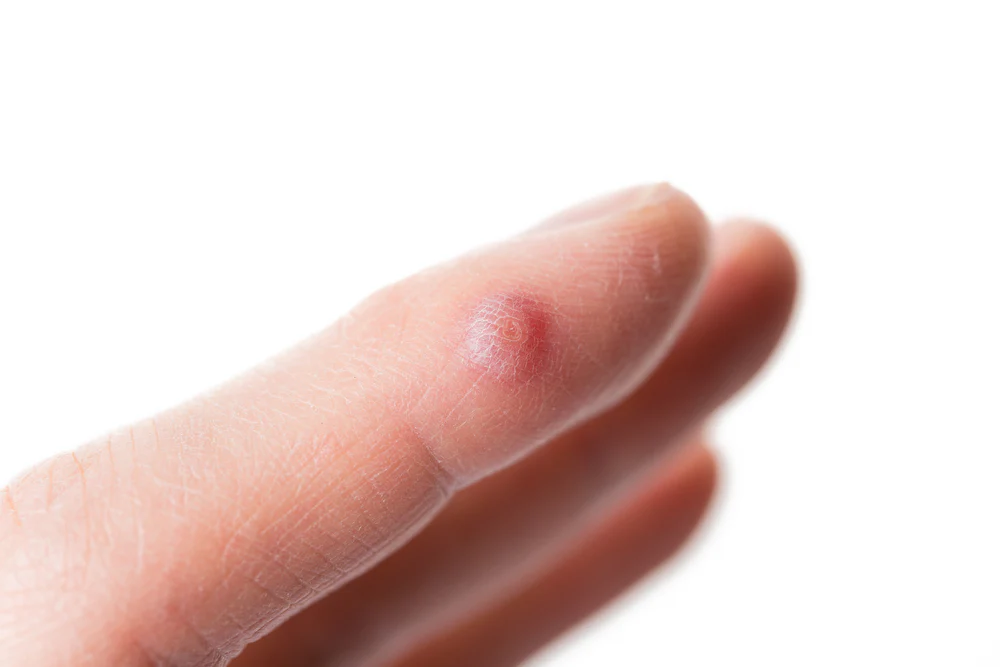Expert Tips for Aftercare and Follow-up for Nail Fungus Treatment at Revitalise London Dermatology Clinic
Nail fungus is a common and frustrating condition that affects many people. At Revitalise London Dermatology Clinic, we offer a range of effective treatments for nail fungus, including medications, topical solutions, and laser therapy. However, the key to achieving healthy, clear nails is not just treatment but also proper aftercare and follow-up appointments. In this blog, we will share our expert tips for aftercare and follow-up appointments to optimize your nail fungus treatment.
Importance of Aftercare
Aftercare is a critical step in the nail fungus treatment process. It helps to prevent the fungus from coming back and ensures that your nails remain healthy and clear. Our dermatologists at Revitalise London Dermatology Clinic will provide you with specific aftercare instructions tailored to your unique needs, including:
Keeping your nails clean and dry.
Wearing breathable shoes and socks.
Using antifungal creams or ointments as directed.
Avoiding nail polish and artificial nails.
Following these guidelines will help to prevent a recurrence of nail fungus and promote healthy nail growth.
Importance of Follow-up Appointments
Follow-up appointments are also essential for optimal nail fungus treatment. They allow our dermatologists to monitor your progress, provide additional treatment if needed, and offer advice on proper nail care. During your follow-up appointments, our dermatologists will:
Examine your nails for any signs of recurrence.
Provide additional treatment if needed.
Offer advice on proper nail care.
Answer any questions you may have.
Regular follow-up appointments can help to prevent a recurrence of nail fungus and ensure that your nails remain healthy and clear.
If you're looking for effective nail fungus treatment in London, Revitalise London Dermatology Clinic can help. Our experienced dermatologists provide personalized care and effective treatments to help you achieve healthy, clear nails. By following our aftercare instructions and attending follow-up appointments, you can optimize your chances of successful treatment. Contact us today to schedule a consultation.
